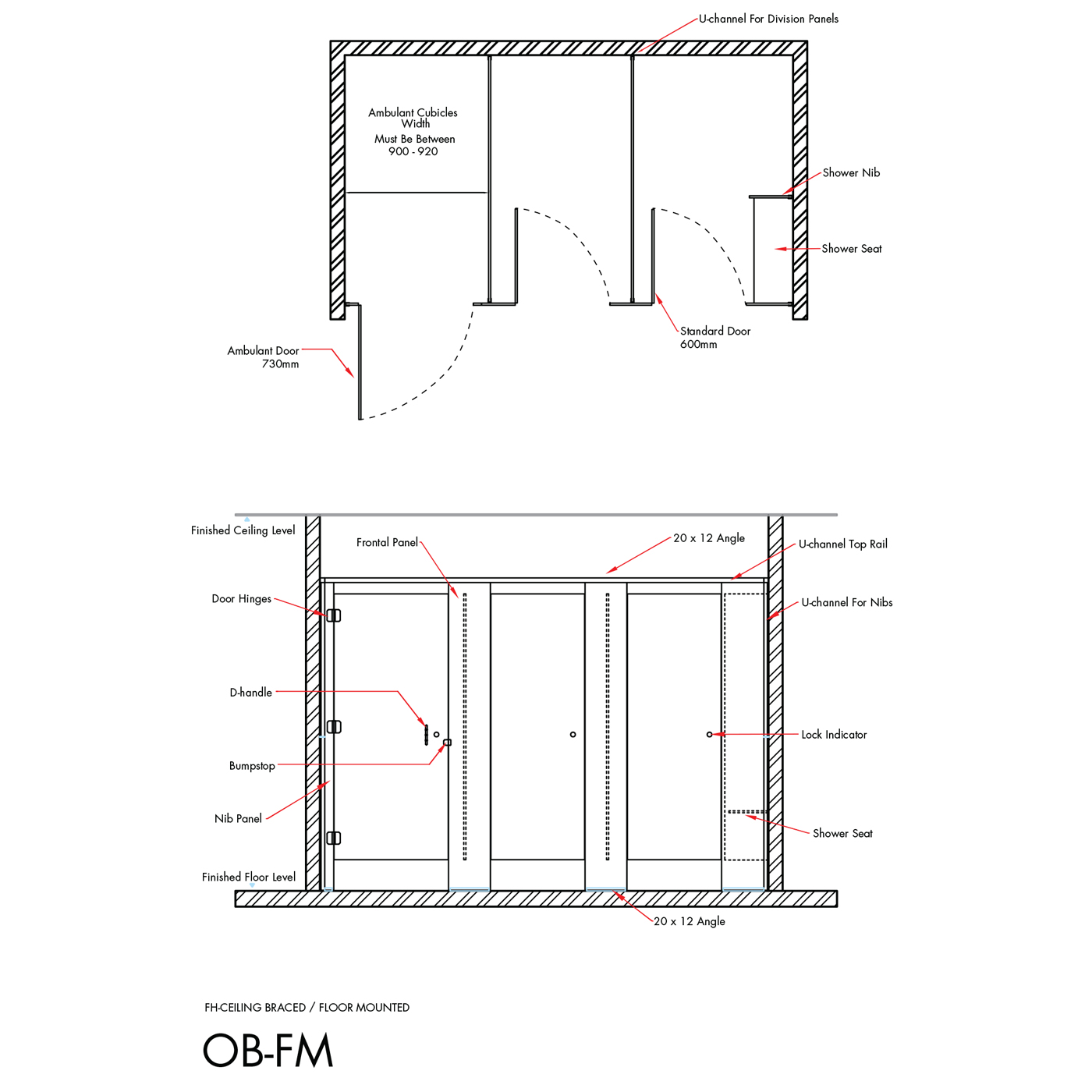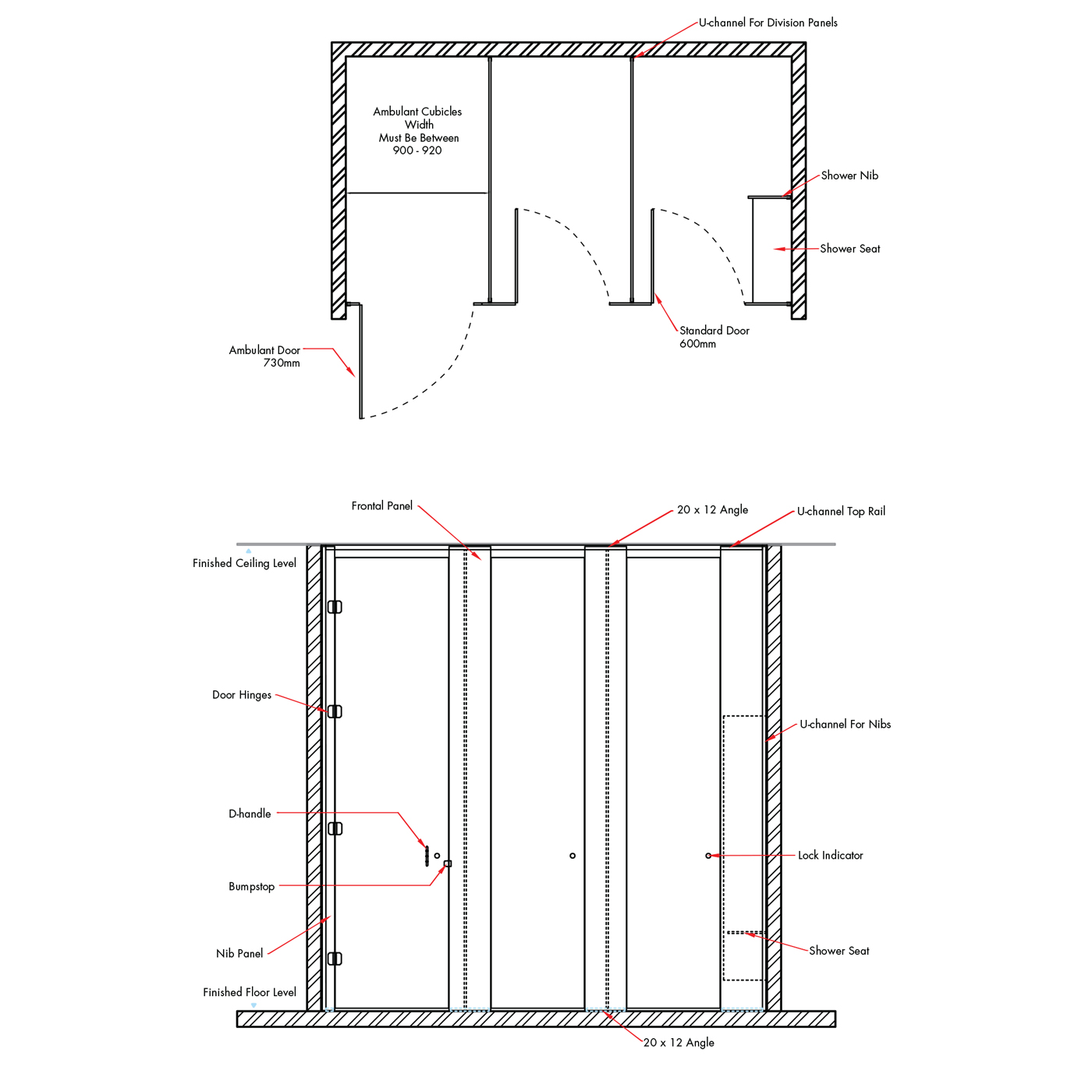This structure stands in contrast to most cryptocurrencies, such as Bitcoin and Ethereum, which are backed by nothing at all. Unlike stablecoins, these other cryptocurrencies fluctuate greatly, as speculators push their prices up and down as they trade for profits. The value of crypto assets can increase or decrease, and you could lose all or a substantial amount of your purchase price. When assessing a crypto asset, it’s essential for you to do your research and due diligence to make the best possible judgement, as any purchases shall be your sole responsibility. The primary use for a stablecoin is to facilitate trades on crypto exchanges. Instead of buying BTC directly with fiat, like the US dollar, traders often exchange their fiat for a stablecoin.
TerraUSD now trades under TerraClassicUSD (USTC) since the Terra blockchain was officially halted and de-pegged from the U.S. dollar on May 9. Stablecoins have become or are becoming regulated in many jurisdictions because of the instabilities and losses that have occurred in past attempts to create stable coins. Adam Hayes, Ph.D., CFA, is a financial writer with 15+ years Wall Street experience as a derivatives trader.
Tether (USDT) and TrueUSD (TUSD) are popular stablecoins backed by U.S. dollar reserves and denominated at parity to the dollar. As of late June 2024, Tether (USDT) was the third-largest cryptocurrency by market capitalization, worth more than $112 billion. Stablecoins are cryptocurrencies whose value is pegged, or tied, to that of another currency, commodity, or financial instrument. Stablecoins aim to provide an alternative to the high volatility of the most popular cryptocurrencies, including Bitcoin (BTC), which has made crypto investments less suitable for everyday transactions. Frax (FRAX), a coin pegged to the U.S. dollar, operates on a “fractional-algorithmic” mechanism for its stablecoin, meaning it is partially backed by collateral and partially stabilized algorithmically.
To maintain the prices of stablecoins, some issuers claim to have dollars or other physical assets that are equal to the total volume of stablecoins issued. For others, they may use an algorithmic method to automatically encourage the sale of coins to regulate their value relative best ways to earn free bitcoin 2020 to the dollar. A stablecoin is a cryptocurrency that is designed to make transacting with crypto more practical.
Stablecoins: Definition and How They Work
- He currently researches and teaches economic sociology and the social studies of finance at the Hebrew University in Jerusalem.
- Stablecoins aim to solve this uncertainty, attempting to combine the stability of cash with the benefits of crypto technology.
- Tax laws and regulations are complex and subject to change, which can materially impact investment results.
- PayPal USD can be bought, sold, sent, received and converted to other currencies through PayPal, and can also be used as a payment method when checking out in online stores using PayPal.
Meanwhile, most merchants don’t want to end up taking a loss if the price of a cryptocurrency plunges after they get paid in it. As with any other cryptocurrency investment, even stablecoins can be volatile and susceptible to bugs, errors and loss. So be sure to only use crypto exchanges and crypto wallets that are secure, and to manage your finances responsibly. Although stablecoins only make up a portion of the larger crypto market, they are popular among people who want to participate in the decentralized finance system.
Following that, they’ll use the stablecoin to execute a trade for another cryptocurrency, say BTC or CRO. Stablecoins allow investors to move in and out of different cryptocurrencies while staying within the cryptocurrency realm. At a market cap of $66.9 billion, USDT is currently the third biggest cryptocurrency, behind Bitcoin and Ethereum (ETH).
Why stablecoins are used in crypto trading
For example, if Company B has $10 billion of their stablecoin in circulation, they will need to hold $10 billion or more in gold in their reserves for the stablecoin to be usable. Stablecoins are a type of cryptocurrency designed to maintain a stable price over time, pegged to the value of an underlying asset, like the U.S. dollar. They aim to offer all the benefits of crypto while attempting to avoid rampant volatility. Commodity-backed stablecoins are cryptocurrencies that use commodities such as gold, real estate or metals as collateral to provide their stability.
Crypto-Backed Stablecoins
As indicated by the groundbreaking crash of algorithmic stablecoin Terra, algorithmic stablecoins need sufficient demand to maintain value. And while the idea of algorithmic stablecoins has merit, there is still a lot to figure out here, so proceed with caution. But to borrow DAI, users must lock cryptocurrency into a smart contract called a collateralized debt protocol (CDP) via the MakerDAO ecosystem. Once a user locks cryptocurrency into the CDP, they will then receive an equally representative amount of DAI. When it’s time to withdraw the original collateral amount, the user must put the initial amount of DAI, plus interest, back into the smart contract.
If the issuer of the stablecoin lacks the fiat necessary to make exchanges, the stablecoin can quickly lose value and become worthless. USDC is a stablecoin outlier in disclosing precise data regarding its assets and liabilities. There has long been controversy about the reliability of the collateralizing reserves regarding certain stablecoins (i.e., that the stablecoin’s liabilities are higher than its reserves). These specific Stablecoins allow holders to participate in the gold market and have the utility benefits of a cryptocurrency without the challenges of physically owning gold bars.
They also maintain reserve assets as collateral or through algorithmic formulas how to buy dromos crypto that are supposed to control supply. The technical implementation of this type of stablecoins is more complex and varied than that of the fiat-collateralized kind, which introduces a greater risk of exploits due to bugs in the smart contract code. With the tethering done on-chain, it is not subject to third-party regulation creating a decentralized solution. The potentially problematic aspect of this type of stablecoins is the change in the value of the collateral and the reliance on supplementary instruments. The complexity and non-direct backing of the stablecoin may deter usage, as it may take time to comprehend how the price is ensured. Due to the highly volatile and convergent cryptocurrency market, substantial collateral must also be maintained to ensure stability.
Note that fiat-backed and commodity-backed stablecoin organizations can also choose to overcollateralize. Stablecoins are typically pegged to a currency or a commodity like gold, and they use different mechanisms to maintain their price peg. The two most common methods are to maintain a pool of reserve assets as collateral or use an algorithmic formula to control the supply of a coin. Somewhat of a sub-category of fiat-collateralized coins, commodity-backed stablecoins are cryptocurrencies that are pegged to the market value of commodities such as gold, silver, or oil. These stablecoins generally hold the commodity using third-party custodians or by investing in instruments that hold them.
Fidelity Viewpoints®
Cryptocurrencies worth $2 million might be held as a reserve to issue $1 million in a crypto-backed stablecoin, insuring against a 50% decline in the price of the reserve cryptocurrency. For example, MakerDAO’s Dai (DAI) stablecoin pegged to the U.S. dollar but is backed by Ethereum (ETH) and other cryptocurrencies worth about 155% of the DAI stablecoin in circulation. Such reserves are maintained by independent custodians and are regularly audited, something that should be considered cautiously.
Reserve-backed stablecoins
Their primary distinction is the strategy of best forex white label solutions to consider 2023 keeping the stablecoin’s value stable by controlling its supply through an algorithm, essentially a computer program running a preset formula. Liquity USD (LUSD) was created by Liquity, a decentralized borrowing protocol that allows you to draw 0 percent interest loans against Ether as collateral. The loans are paid out in LUSD, which is pegged to U.S. dollars, and must maintain a minimum collateral ratio of only 110 percent. The loans are also secured by a stability pool, which contains LUSD, and by fellow borrowers collectively acting as guarantors. It was launched in 2018 through a consortium called Centre that was created by fintech giants Circle and Coinbase.
Algorithmic stablecoin issuers can’t fall back on such advantages in a crisis. In some ways, that’s not so different from central banks, which also don’t rely on a reserve asset to keep the value of the currency they issue stable. Federal Reserve sets monetary policy publicly based on well-understood parameters, and its status as the issuer of legal tender does wonders for the credibility of that policy. Investors should approach stablecoins cautiously because they require independent auditors to verify collateral or reserves. Most auditors are honest in their work, but the fact remains that there needs to be an auditor to verify that commodities are held. Auditors are another third party involved in a “decentralized” monetary system intended to remove third parties that have, historically, been the ones propagating fraud and unethical practices.
This phenomenon is known as a death spiral, as seen in May 2022’s Terra (LUNA) crash. Stablecoins also have the potential to act as payment alternatives to fiat currencies. By utilising stablecoins, businesses can accept payments at a very low cost, and governments can run conditional cash transfer programmes more seamlessly. Stablecoins can also be used to quickly distribute monetary aid to beneficiaries worldwide, thanks to their high transaction speeds. Typical examples include selling governance tokens that allow buyers to gain voting control over the stablecoin’s future or locking up funds into smart contracts on the blockchain to earn interest.
Instead of using reserve systems or backed assets, algorithmic stablecoins use a fully algorithmic approach to adjust their supply in response to price fluctuations. However, due to their uncollateralised nature and reliance on algorithms to maintain the peg of an asset, they are broadly considered inherently more vulnerable to the risk of depegging. Stablecoins have become a popular option for consumers wanting to own cryptocurrencies but who also desire the stability and predictability of fiat currencies.








